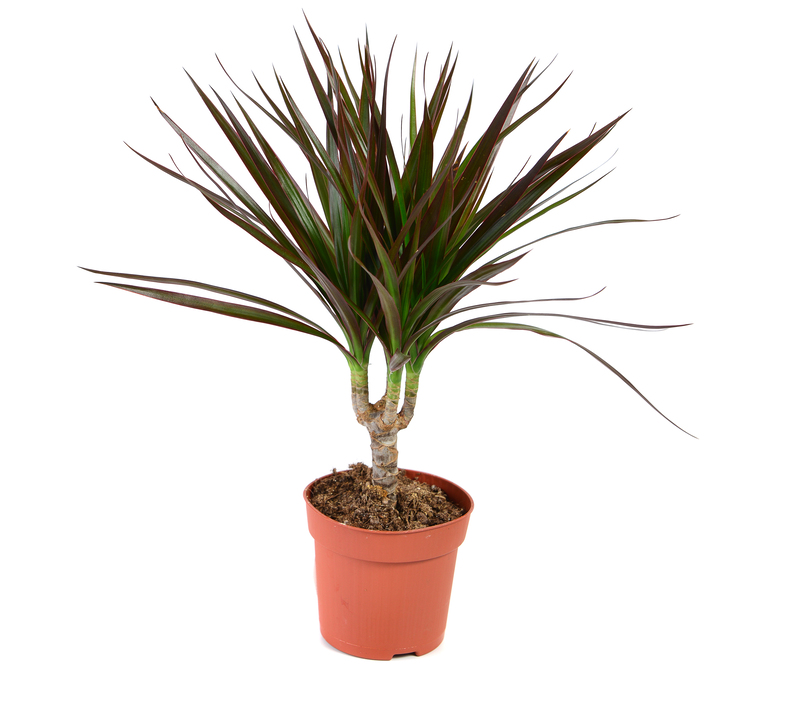Achieve Garden Splendor in the UK with 9 Ground Cover Plants
Posted on 15/05/2025
Achieve Garden Splendor in the UK with 9 Ground Cover Plants
If you're looking to add beauty and functionality to your garden, utilizing ground cover plants can be an excellent strategy. These plants not only fill in spaces but also help with weed suppression, soil erosion control, and improving soil fertility. In the UK's diverse climate, selecting the right ground covers can significantly enhance your garden's aesthetics.
What Are Ground Cover Plants?
Ground cover plants are low-growing, often spreading plants that cover the soil surface. Their primary role is to cover bare earth as an alternative to traditional grass lawns. These plants are versatile, offering various textures, colors, and patterns. Some provide dramatic blooms, while others offer attractive foliage year-round.

Benefits of Using Ground Cover Plants in Your Garden
- Weed Suppression: Dense patches of ground cover plants can choke out weeds by competing for space, sunlight, and nutrients.
- Reduce Soil Erosion: Their roots help stabilize the soil, reducing the impact of heavy rains and preventing soil erosion.
- Enhance Biodiversity: Ground covers provide habitats for a range of beneficial insects and species, contributing to garden biodiversity.
- Low Maintenance: Once established, they require minimal care, cutting down on mowing and watering.
- Improved Soil Health: Many ground covers contribute to improving soil health, enriching the soil with organic material.
Top 9 Ground Cover Plants for UK Gardens
Here's a comprehensive look at some of the best ground cover plants suitable for UK gardens:
1. Creeping Thyme (Thymus serpyllum)
Creeping thyme is a fragrant ground cover that produces beautiful purple blooms in the summer. Ideal for sunny spots, its ability to withstand light foot traffic makes it perfect between paving stones or as a lawn substitute.
2. Bugleweed (Ajuga reptans)
Commonly known as bugleweed, this plant is excellent for shaded areas. Its purple leaves and spiky flowers can add a touch of color and texture to your shady borders.
3. Woolly Yarrow (Achillea tomentosa)
This plant is characterized by soft, woolly leaves and bright yellow flowers. It's drought-tolerant and thrives in poor soils, making it ideal for sloped areas susceptible to erosion.
4. Golden Creeping Jenny (Lysimachia nummularia 'Aurea')
This fast-growing ground cover has striking golden-yellow foliage that can light up any garden. It prefers moist conditions and does well in partial shade to full sun.
5. Sweet Woodruff (Galium odoratum)
Sweet woodruff is a wonderful choice for shady gardens. It produces white star-shaped flowers in spring and releases a sweet aroma when its leaves are crushed. It spreads rapidly in moist, well-drained soil.
6. Hosta (Hosta spp.)
Though often grown for their lush foliage, hostas can serve as effective ground covers in shaded areas with their large leaves overlapping and creating a dense cover that suppresses weeds.
7. Candytuft (Iberis sempervirens)
Candytuft is an evergreen ground cover that offers clusters of white blooms during spring. It tolerates poor soil and provides year-round interest thanks to its evergreen foliage.
8. Periwinkle (Vinca minor)
This plant is known for its delightful blue-violet flowers and glossy green leaves. It's a hardy, low-maintenance plant perfect for bringing life to shaded garden areas.
9. Stonecrop (Sedum spp.)
Stonecrops are succulent plants known for their hardiness. They perform well in dry, rocky areas and add a unique texture to the garden with their fleshy foliage and seasonal blooms.

Planting and Caring Tips
Proper care and maintenance will ensure that your ground cover thrives across seasons:
- Choose plants suitable for your specific garden conditions, considering factors like soil type, sunlight exposure, and moisture levels.
- Ensure proper spacing to avoid overcrowding.
- Mulch newly planted ground covers to retain moisture and minimize weed growth while they establish.
- Water regularly during dry spells, especially in their first year.
- Prune as needed to maintain desired shape and prevent them from becoming invasive.
Conclusion
Whether you wish to cut down on maintenance, add a splash of color, or protect your stunning garden from potential erosion, incorporating these beautiful ground cover plants can transform your space. By selecting from this range of hardy and attractive plants, tailored to UK gardens, you can achieve a landscape that's both functional and breathtaking.
Get ready to master the art of ground cover planting and watch as your garden turns into a lush, green paradise.

